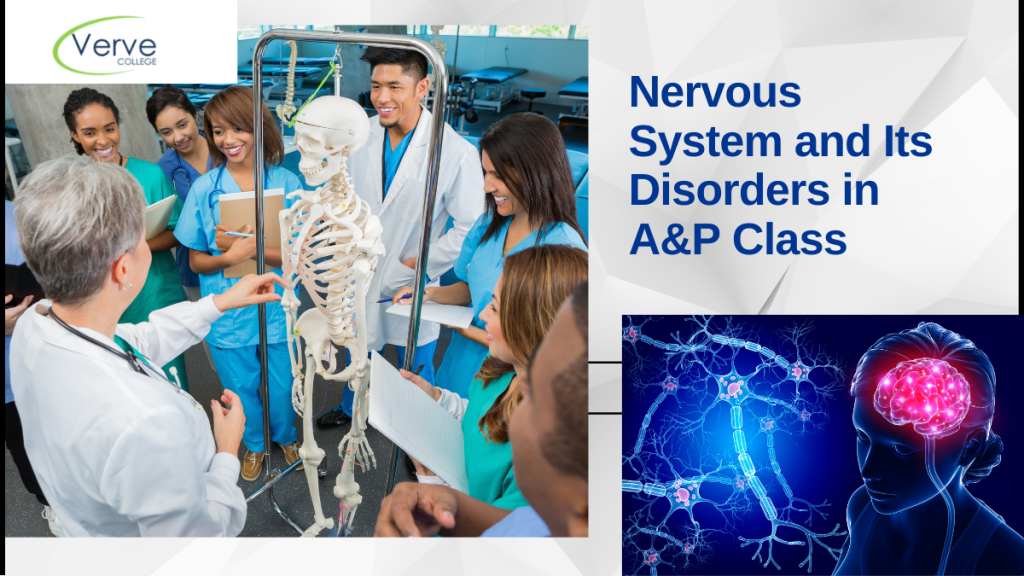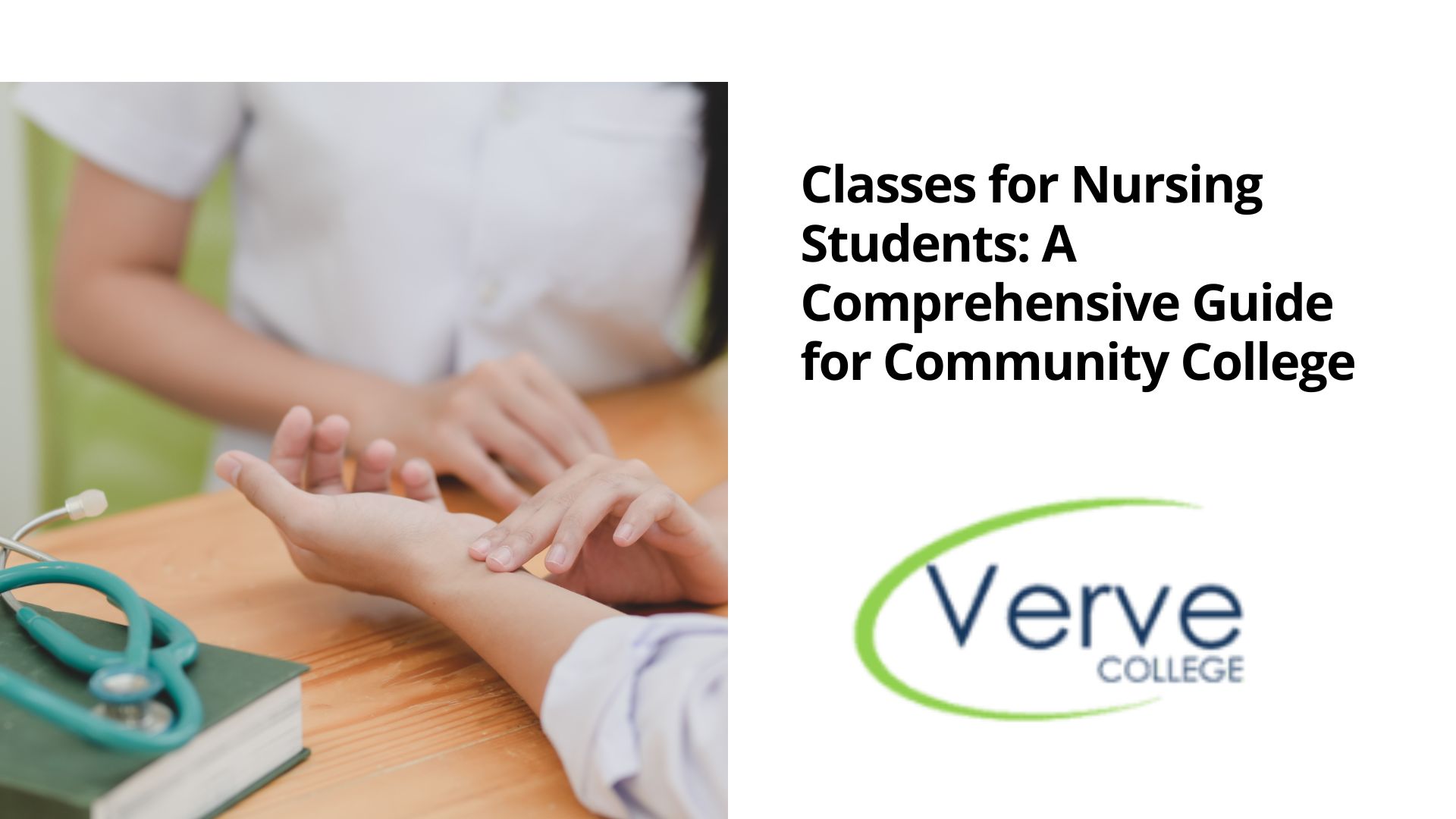- Oak Brook:(630) 705-9999
- Chicago:(312) 920-8822
- Email:inquiry@vervecollege.edu
- Make a Payment
- Home
- Programs
- Admission
- Resources
- ATI Entrance Exam Resources
- New E-Digital Library
- Refer a Friend
- School Newsletter
- Events
- Employers
- Job-Network
- Alpha Beta Kappa Candidates
- Verve College Library
- Graduation and Pinning Ceremony Photo Galleries
- Textbook Information
- Career Services
- Tutoring
- School Catalog
- FAQ
- Constitution Day Program
- Alumni
- Verve College Plans
- Financial Aid
- HEERF Reporting
- Satisfactory Academic Progress
- Apply For Financial Aid
- Net Price Calculator
- Return of Title IV Funds (R2T4)
- Financial Aid Office Code of Conduct
- Contact
- FAQs
- Verification Policy
- Vaccination Policy
- Student Right-to-Know Act
- Misrepresentation
- Information Security Program
- Academic Award Year
- Availability of Employee
- Cost of Attendance
- Health & Safety Exemption Requirement
- Students Rights and Responsibilities
- Leave of Absence
- Pell Formula
- Military Students
- Grants/ Scholarship Policy
- Contact Us
- Testimonials
- Blog
Is a Nursing Career Right For You?
Take The Free Quiz
Understanding the Nervous System and Its Disorders in A&P Class
Understanding the Nervous System and Its Disorders in A&P Class
The nervous system, the body’s primary organ, which is a method for managing and transmitting, is what we call the nervous system that you can learn in a&p class. It is responsible for thinking, behavior, and feeling. The body’s signaling device or communication method with cell membranes is electrical signals like cranial nerves or vagus nerves send electronic signals to the brain. Graded potentials are relevant adjustments in membrane potential that are often associated with dendrites in a neuron.
These are fast and precise and can induce nearly instantaneous effects.
Functions and the Nervous System
- Monitoring for changes. It operates similarly to a sentry and uses thousands of sensory internal organs to detect changes within and without the body. These variations are known as stimuli, and the information gathered is known as sensory stimuli.
- Interpretation and decision-making from sensory input. This process is called integration.
- Causes reactions. Then, it activates organs or nerves through muscle contraction.
- Cognitive activity. The brain is the center of cognitive practice. It includes awareness, reasoning, and emotions.
- Homeostasis. The primary function of the respiratory system’s ability to perceive, interpret, respond to, and adapt to internal and external modifications makes this task feasible. It can either increase or prevent other systems from maintaining consistent interior surroundings
Anatomy and Function of the Nervous System
The nervous system cannot maintain and control physiological balance by itself; the endocrine system is an important regulator.
Nervous System Structure
Only one nerve system exists. However, it is complex and challenging to understand all its parts, and you can study an anatomy and physiology course near me. To simplify the study of it, we either divide it by its components (systemic description) or by its operations.
Structural Classification
The anatomical categorization comprises all nervous system human body functions and is divided into two sections: the central nervous system and the peripheral nervous system.
Central Nervous System (CNS). This is because the CNS originates as white blood cells. It comprises the spinal cord and brain, located in the lateral region. They perform as the command and integrating centers of the respiratory system.
The sensory response is caused by the stimulus cells to generate an action potential, which is then relayed to the central nervous system (CNS).
Peripheral Nerve System (PNS). This is the portion of the nervous system that the CNS does not control. It is composed chiefly of nerves that connect the brain to the spinal cord.
Note:- Anosmia occurs when the number of olfactory neurons decreases. Many sufferers report bland-tasting food due to losing their sense of smell.
Two cell types comprise nerve tissue: glial cells and neurons. Glial cells (or glia) are known to support nervous tissue. These glial cells are comparable to epithelial tissue or epithelial cells and have close connections among adjacent cells.
Functional Category
The PNS structures are not part of the operational categorization framework.
Sensory distinction. The sensory or afferent divide comprises nerves that are made of nerve cell body common types and transmit stimuli to the nervous system’s center from sensors for sensory neurons in different sections of the system.
Sensitivity fibers in the body. These fibers deliver signals from the body and skeletal muscles.
Visceral sensor fibers. These fibers reflect signals occurring from the visceral organs.
Division of Motors. This motor division, or efferent division, transmits neurological signals to the sensory or connective body tissue and muscles. The motor component comprises two classifications: the somatic nervous system and the autonomous nervous system.
Somatic nervous systems. This allows us to assert influence either consciously or involuntarily.
Autonomic nervous system. This is part of the neural autonomic that controls either automatic or voluntary incidents. The segmentation, another name for involuntary nervous systems, has 2 sections, the parasympathetic and sympathetic, which may have an adverse effect.
Disorders of the Nervous System
Significant nervous system disorders include the following:
Vascular Diseases include acute ischemia attack, subarachnoid hemorrhage, subdural hemorrhage and hematoma, and retroperitoneal ischemia.
Diseases like myelitis, encephalitis, and meningitis.
Disorders of anatomy, including brain or spine cervical spondylosis, spinal nerve damage, wrist piriformis syndrome, And spinal cord and brain malignancies.
Functional Disorders, for example, migraines, epilepsy, dizziness, and neuralgia.
Degeneration, Parkinson’s disease, is one of them, as amyotrophic lateral sclerosis, Alzheimer’s disease, and Huntington chorea.
Autoimmune and Inflammatory Disorders, as in Bell syndrome or multiple sclerosis, peripheral neuropathy, Guillain Barre syndrome, and multiple sclerosis.
Central Nervous System Disorders & Symptoms
The most typical signs of a nervous condition are those. Each person will have distinct signs. Among the indications are the following:
- A headache (continuous or abrupt)
- A migraine that shifts or is not the same
- Loss of sensation or tingling
- Muscle depletion or weakness
- Double vision or Vision loss
- Memory loss
- Mental impairment
- Inadequacy of coordination
- Muscle rigidity
- Epilepsy and tremors
- Pain radiates from the back to the feet, toes, or other body areas.
- Muscle wasting and slurred speaking
- Impaired language skills
Want to Make a Career in Nursing? Get More Information About Our Courses!
A neurological condition can look similar to other conditions. Always visit your healthcare physician for a diagnosis. Must consider anatomy classes near me for more learning.
 Sign up
Sign up Login
Login




